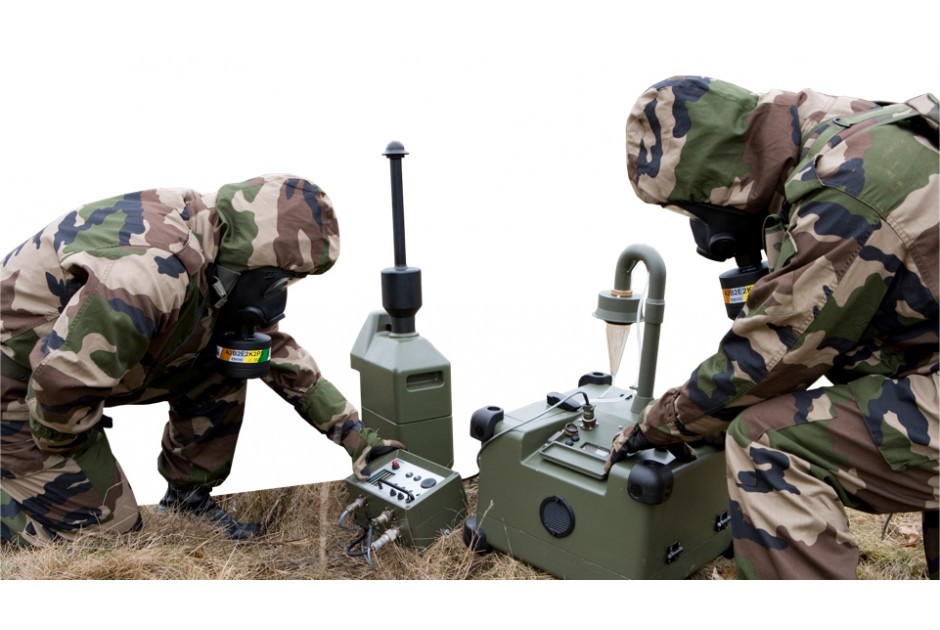EN 149 Filtering half masks FFP series particle filtration and breathing resistance testing
The European Standard EN 149 sets out the essential requirements for filtering facepiece respirators (FFP series), which are designed to protect workers against inhaling harmful particles in the workplace. The standard is widely used across various sectors, including military environments where personnel must be protected from a range of airborne threats.
The FFP series masks are categorized into three levels: FFP1, FFP2, and FFP3. Each level has specific performance requirements regarding particle filtration efficiency and breathing resistance. In the context of military testing, these tests are crucial to ensure that protective equipment meets stringent safety standards, particularly in high-risk environments.
The testing process for EN 149 masks involves both laboratory-based and real-world simulation scenarios. Laboratory testing is conducted using standardized procedures outlined in the standard itself. Real-world simulations may include environmental conditions similar to those encountered by military personnel during operations. This ensures that the masks not only meet theoretical standards but also perform effectively under practical use.
For FFP2 and FFP3 masks, the primary focus is on particle filtration efficiency and breathing resistance. The tests are designed to evaluate how well the mask filters out specific sizes of particles and how much additional effort (breathing resistance) is required when wearing the mask. These parameters are critical for ensuring that military personnel can breathe easily while still being protected from harmful substances.
Particle filtration efficiency testing involves exposing a sample of the mask to a known concentration of particles and measuring the amount of contamination on the other side. Breathing resistance tests measure how much additional effort is required to inhale through the mask, which is expressed in terms of pressure drop across the filter media.
| Standard | Description |
|---|---|
| EN 149:2019 | The European standard defining the performance requirements for filtering facepiece respirators. |
| ISO/TS 17605 | A technical specification providing guidance on sampling, testing, and reporting of particle filtration efficiency. |
The testing process for EN 149 masks is rigorous and involves multiple steps to ensure accuracy and reliability. Specimen preparation includes ensuring the mask fits properly before testing begins. Once prepared, the masks are subjected to laboratory tests that simulate real-world conditions as closely as possible.
Real-world simulations can include exposure to various types of particles such as dust, smoke, and other particulate matter commonly found in military environments. These tests help determine whether the mask provides adequate protection under actual operational conditions. The results are then compared against the performance criteria specified in EN 149.
Quality managers and compliance officers can rely on these tests to ensure that their protective equipment meets regulatory requirements and performs as expected in critical situations. For R&D engineers, understanding these testing procedures is essential for developing new models of FFP masks that meet or exceed current standards. Procurement teams can use the results of these tests to select reliable suppliers who consistently produce masks that pass rigorous quality checks.
Applied Standards
| Standard | Description |
|---|---|
| EN 149:2019 | The European standard defining the performance requirements for filtering facepiece respirators. |
| ISO/TS 17605 | A technical specification providing guidance on sampling, testing, and reporting of particle filtration efficiency. |
The tests for EN 149 masks are conducted in accordance with the requirements outlined in these standards. Compliance officers should ensure that their laboratory adheres strictly to these guidelines when performing the tests. This ensures consistency and reliability across different facilities, which is essential for maintaining high-quality protective equipment.
Benefits
- Ensures compliance with international standards, enhancing safety in the workplace.
- Improves worker health by reducing exposure to harmful particles.
- Saves costs associated with accidents and injuries due to inadequate protection.
- Promotes a safer working environment by providing reliable protective equipment.
The benefits extend beyond just the military sector, as these tests ensure that all workers in high-risk environments have access to robust protective gear. By adhering to rigorous testing protocols, organizations can demonstrate their commitment to worker safety and well-being.
Quality and Reliability Assurance
The quality and reliability of EN 149 masks are critical for maintaining the health and safety of military personnel. To ensure these standards, laboratories must follow strict procedures during testing. This includes using calibrated equipment to measure particle filtration efficiency and breathing resistance accurately.
Regular calibration and maintenance of instruments used in testing are essential to prevent errors that could compromise test results. Laboratories should also have robust quality control measures in place to catch any discrepancies early on. By doing so, they can ensure that only high-quality masks pass the tests and reach military personnel.
In addition to laboratory-based tests, real-world simulations provide valuable insights into how well the masks perform under actual operational conditions. This helps identify potential areas for improvement in mask design and construction. Continuous monitoring of these metrics allows laboratories to adapt their testing methods as needed to meet evolving regulatory requirements and industry best practices.
Quality managers and compliance officers play a vital role in ensuring that all aspects of the testing process adhere strictly to established standards. They should collaborate closely with R&D engineers and procurement teams to ensure that new models of FFP masks continue to meet or exceed current performance criteria. By doing so, they can help maintain the highest levels of worker safety and protection.





